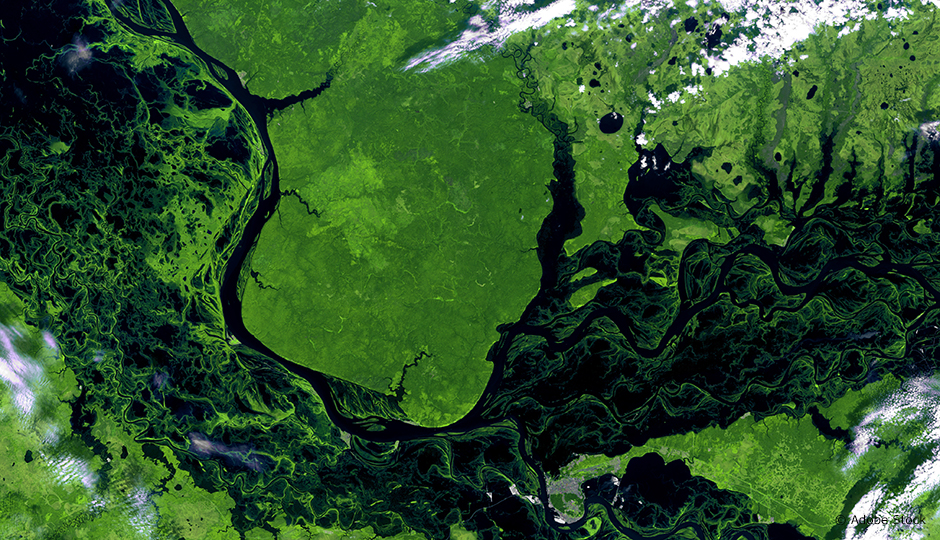Among the many applications of remote sensing is a rather unusual one: uncovering lost cadavers! Margaret Kalacska, professor of geography at McGill University, uses hyperspectral imaging to detect dead bodies buried in unmarked graves. How? Decomposing corpses alter the chemistry of the surrounding soil and the plants that grow in it, changing their spectral signature. Sensors installed on an aircraft record the light variations emitted by the soil and vegetation that are then combined into images.
Prof. Kalacska is now refining the two approaches so that they may be used in missing persons investigations and by war crime tribunals.
As part of her earlier research in Costa Rica, Prof. Kalacska demonstrated that chlorophyll—the molecule that absorbs solar energy and gives leaves their green hue—is two times more concentrated in plants growing on mass graves. The force of the wavelengths that are reflected by the chlorophyll therefore indicate the presence of buried cadavers. Working in collaboration with other geographers, anthropologists and the National Research Council of Canada, Margaret Kalacska and her students recently enhanced the detection technique at Parc Safari, located just outside Montréal. Hyperspectral imaging made it possible to trace the remains of buried animals for exhibition in a museum.
The team is currently working in an experimental cemetery in Ottawa, where animal carcasses from slaughterhouses are buried. The researchers are seeking to elucidate how the size and volume of the remains impact the soil’s chemical and hyperspectral variations over time. They are also attempting to assess another detection indicator: gas generation. They determined that mass graves released 1,000 to 10,000 times more methane than their immediate surroundings due to the bacteria involved in decomposition. Prof. Kalacska is now refining the two approaches so that they may be used in missing persons investigations and by war crime tribunals.




